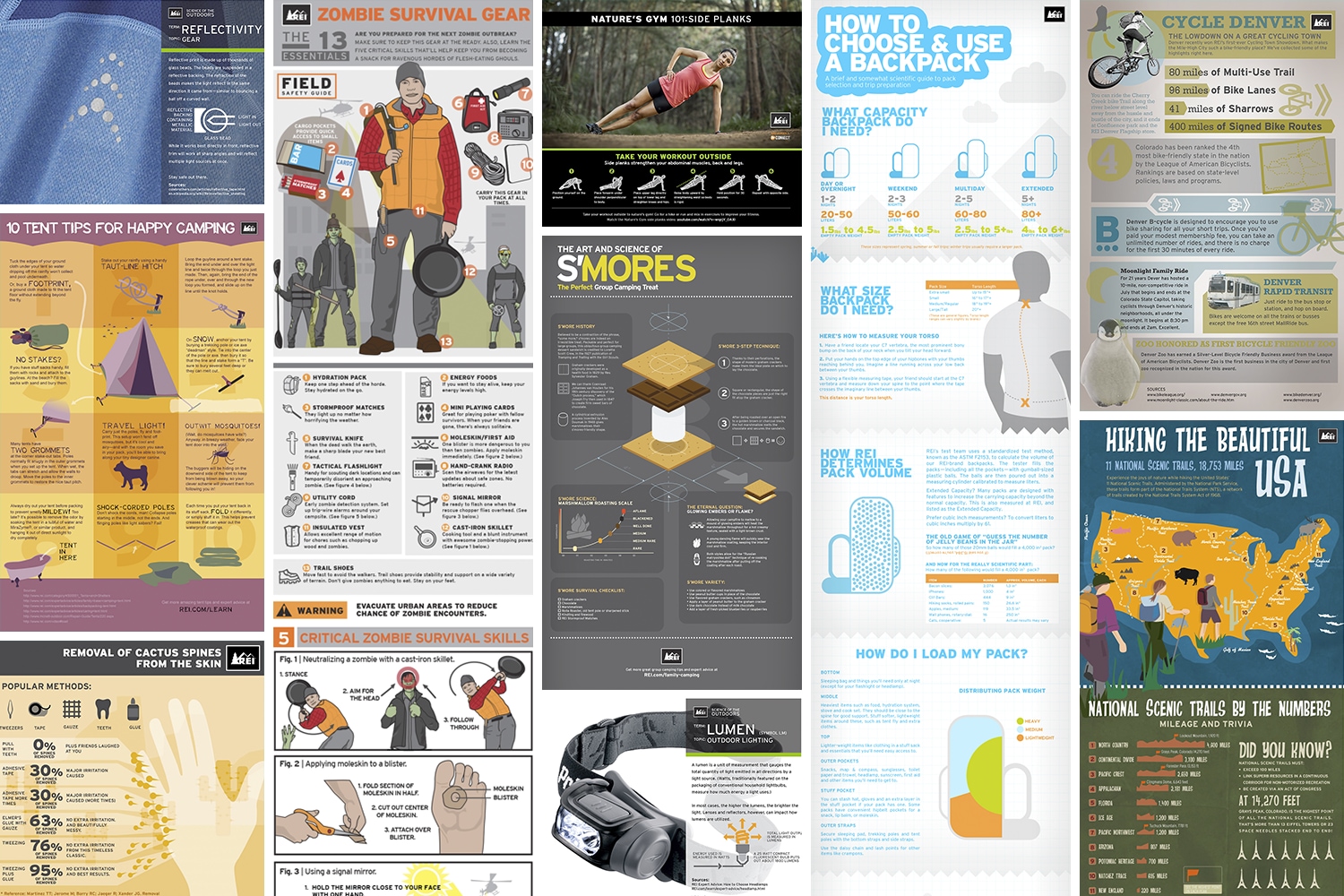Your tent's rainfly is among your main defenses against wetness. However several campers forget to place it on or do so inaccurately, which can lead to a soggy night and a wet tent when it's time to leave.
Method makes perfect: Set up your camping tent and its rainfly in your home to acquaint on your own with just how it attaches and how to appropriately stress it. Additionally, always read the handbook.
2. Not Deploying the Rainfly Properly
The mild pitter line of gab of moisten your camping tent can be an incredibly relaxing audio. However, when those very same declines begin infiltrating your sleeping space, that tranquil natural noise ends up being an annoying interruption that can damage your rest. To prevent this from happening, take a careful take a look at your tent and its rainfly before relocating for the night. Ensure the fly is tight which all clips, zippers, and closures are protected. Orient the outdoor tents so the color-coded edge webbing tensioners align with aluminum pole feet, and add guy lines if needed for stability. When doing so, ensure completions of your individual line are linked to a guyout loophole with a bowline knot.
3. Not Staking Your Camping Tent Securely
Despite their importance, tent risks are often dealt with as a second thought. Hammering stakes in at a shallow angle or failing to utilize them whatsoever leaves your shelter prone to also modest gusts of wind.
If your camping area is on a rocky or hostile website, attempt routing a guy line from the guyout point on the windward side of your tent to a nearby tree limb or a ground tarp for additional security. This raises stake strength and resistance to drawing pressures and also enables you to prevent disturbing cactus needles, sharp rocks or various other things that could poke openings in your outdoor tents floor.
It's an excellent concept to exercise pitching your outdoor tents with the rainfly at home so you can acquaint yourself with its accessory factors and find out exactly how to properly tension it. Tensioning the fly helps pull it away from the family camping tent body, advertising air flow and reducing interior condensation.
4. Not Securing the Floor of Your Outdoor tents
Tent floors are made from heavy-duty textile developed to take on abrasion, however the natural environments and your tent's usage can still harm it. Shielding the floor of your outdoor tents with a footprint, tarp, or flooring lining can help you avoid rips, splits, thinning, mildew, and mold.
Make certain to comply with the guidelines in your camping tent's manual for releasing and positioning your rainfly. It's additionally a great idea to regularly reconsider the tautness of your rainfly with altering weather conditions (and prior to crawling in each night). Many camping tents feature Velcro wraps you can cinch at their edges; protecting them evenly will assist stabilize and strengthen your sanctuary. Making use of a bowline knot to safeguard guyline cables assists boost their tension and wind stamina. Taking care of your tent's flooring prolongs beyond camp and consists of storing it effectively.
